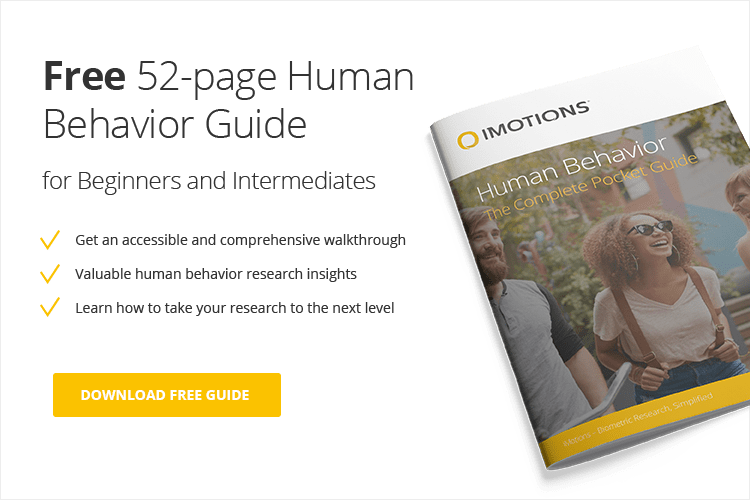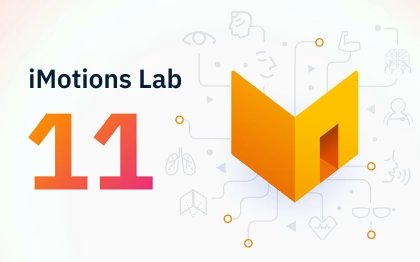Explore the complexities of human behavior through measuring, analyzing, and understanding key aspects. This in-depth study delves into various dimensions of human behavior, offering valuable insights and cheat sheets for comprehensive comprehension. Gain a profound understanding of human interactions and cognition with this formal examination of behavioral patterns and psychological frameworks.
Table of Contents
- Cheat Sheet #1 – How to Measure Human behavior
- Cheat Sheet #2 – What Biosensor Devices to use for Human Behavior
- Cheat sheet #3 – Why Study Human Behavior: Application Areas and Methods
- Where do you learn about Human Behavior?
Understanding human psychology and behavior is at the cornerstone of a huge amount of research being conducted today. Unfortunately bad research methods and incorrect conclusions are still part of everyday life in both the academic and commercial world. The study of our behavior, in most cases, lacks not only the correct frameworks, but also the correct tools.
We, at iMotions, are strong advocates of evidence-based practices when measuring, interpreting, and understanding behavior with the use of biometrics in properly designed experiments. We’re also strong believers in efficiency and know that reading several 500-page books to get a better understanding of this is not something everyone would enjoy. That’s why we’ve gathered a few of our visual cheat sheets to help you better understand the how, what, why, and where of human behavior research.
Cheat Sheet 1: The Different Measures
Cheat Sheet 2:Biosensor Metrics and Interpretation
Cheat Sheet 3: Application Areas and Methods
Cheat Sheet #1 – How to Measure Human behavior
Surveys, focus groups, and biometric methods all have strengths and weaknesses for understanding human behavior. Having a Qualitative and Quantitative approach to a full understanding of human thoughts and feelings.
So why biosensors? We answered the question in depth in this post but a quick look at this cheat sheet summarizes the advantages and disadvantages of the different approaches to studying and understanding human behavior.
The iMotions biosensor-based platform includes complete survey design and integration along with full multimedia stimuli presentation to combine methods to get the full picture.
Check out: Introduction to Multi-Sensor Research

Cheat Sheet #2 – What Biosensor Devices to use for Human Behavior
So now you know what biosensors can do for you and your human behavior research. But what are the different sensors and technologies, and more importantly, what metrics and results can I get from measuring them?
We’ve created this helpful overview that explains just that.
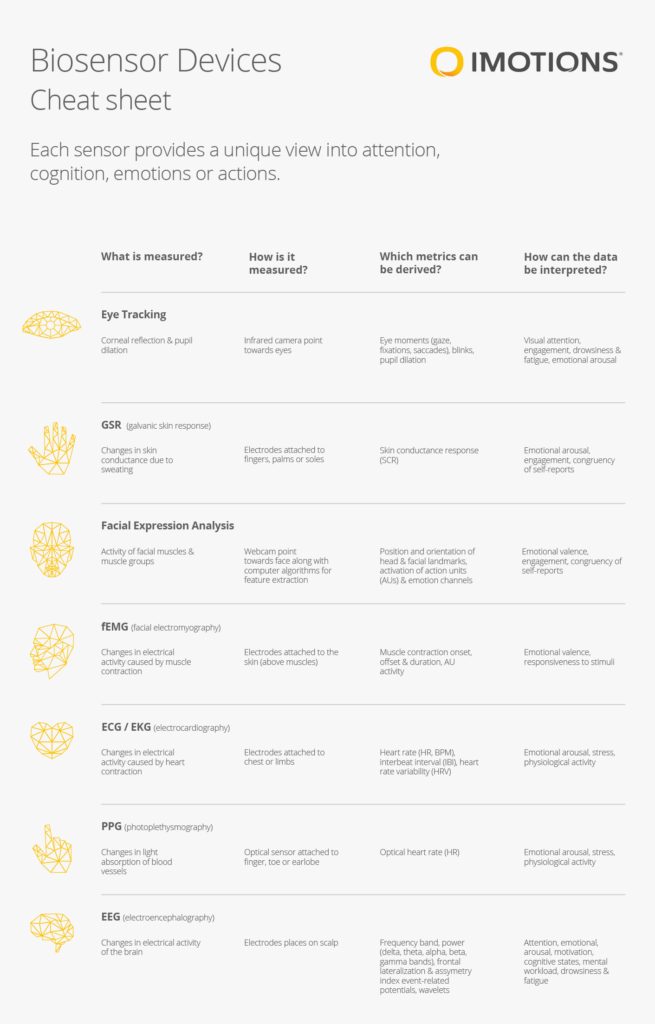
Cheat sheet #3 – Why Study Human Behavior: Application Areas and Methods
With this cheat sheet, we’d like to shine a light on the myriad application areas for biosensor-based research, and help researchers from both the academic and commercial world pinpoint which sensors and technologies can best help with their research question.
Human Behavior Research in Academia
With iMotions you can complete your research without having to worry about software limitations. Thanks to the full and seamless integration of multiple data sources in real-time, it’s possible to collect the data you need to solve the problems you’re after, no matter how complex the research question.
– Psychology
– Computer Science
– Neuroscience
– Medical / psychiatry
– Education and Communication
Human Behavior Research in Commerical Applications
The iMotions research platform has raised the possibilities for uncovering emotional consumer behavior and gain more insights on consumer perception of design, brand image, customer loyalty and purchase decisions.
– User Experience & Interfaces
– Tech & Engineering
– Consumer Behavior
– Performance and Behavior
– VR & Simulations
– Healthcare
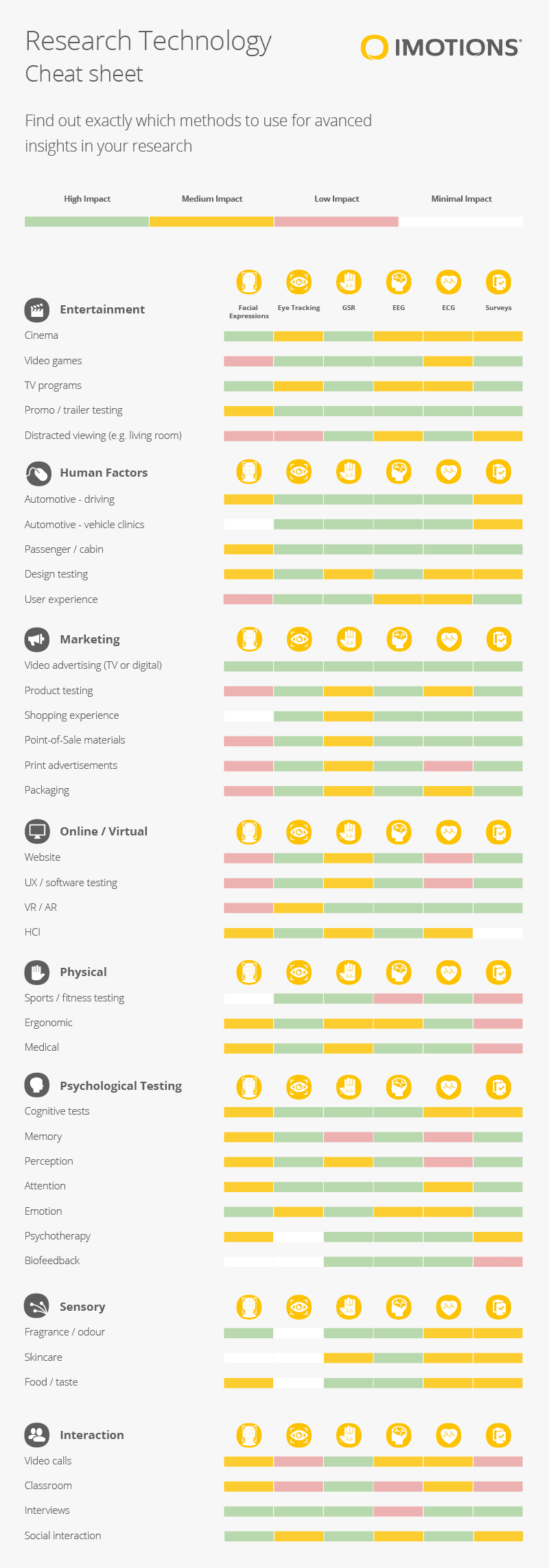
Where do you learn about Human Behavior?
I hope you’ve enjoyed our excerpts of what’s possible in the world of studying human behavior. For a better understanding of human behavior please feel free to download our free comprehensive guide or contact us if you would like to know more about our offerings.
Check out our Webinar Series: Human Behavior Research with our expert Neuroscientists
